On Demand Warehousing: Right for You?
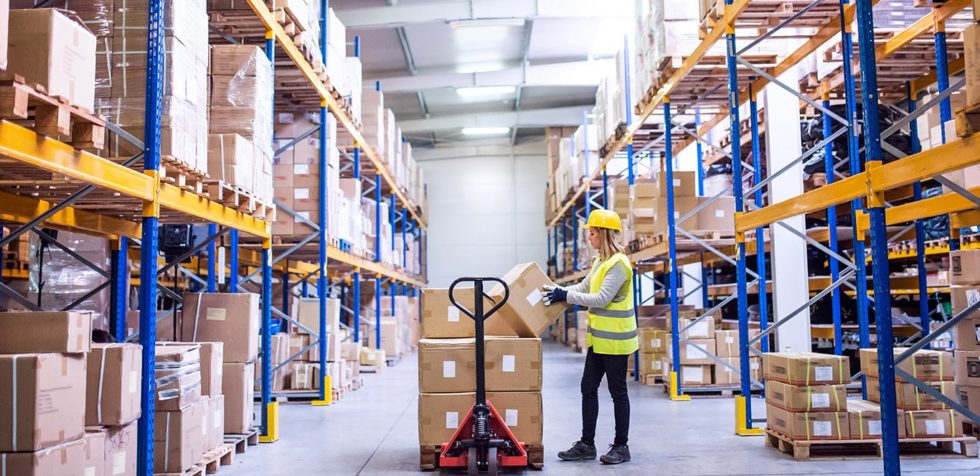
What Defines On Demand Warehousing
Pros and Cons of On Demand Warehousing
Who Uses On Demand Warehousing?
Trying to find extra warehouse space as a merchant is daunting. According to JLL’s recent Industrial Outlook, the market for industrial rent has never been worse. Vacancies are at a miniscule 4.3%, an all time low, and rents rose a whopping 7.1% in 2021, reaching an all-time high.
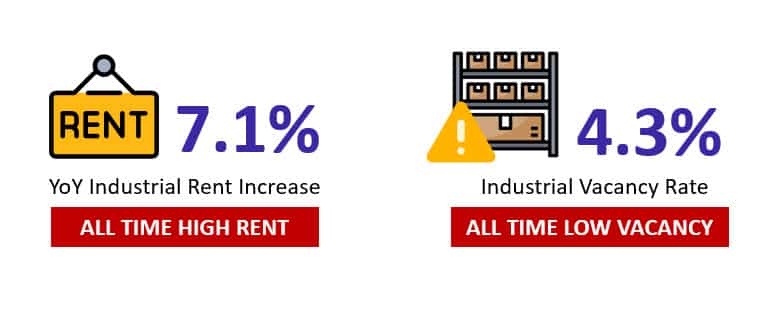
And yet, you need room to grow. Higher sales and more products demand bigger inventories, and that’s without mentioning the supply chain crisis that’s forcing merchants to load up on more inventory than usual.
At the same time, many merchants aren’t using all of their own warehouse space. It’s tough to get the perfect size warehouse, so many err on the side of caution and start with more room than they need.
That’s where on demand warehousing comes in – merchants who need space can get the warehouse capacity they need from those who have more than they need.
What is On Demand Warehousing?
On-demand warehousing is the idea that merchants can rent out space in other merchants’ warehouses to help with their storage and fulfillment needs.
The Wall Street Journal describes it well:
“The idea is to tap into unused space in a crowded U.S. industrial real-estate market where distribution centers near population centers are fetching a growing price premium. Retailers and manufacturers are trying to position goods closer to customers without getting locked into long-term contracts or multiyear leases when rapid changes in buying patterns and trade conditions have made forecasting demand more difficult.”
On-demand warehousing platforms connect merchants to others that can provide warehousing services. A user on one of their platforms will be able to see a variety of warehouse owners that may be able to suit their needs with temporary space. They can then negotiate for warehouse space and services directly from those owners, securing the extra footprint they need.
On-demand warehousing is rising in prominence because it’s becoming more difficult to “go it alone” in the eCommerce era. Before the rise of Amazon Prime, merchants could easily lease space solely around their home base, keeping inventory centralized and easy to manage. Prime, though, has pushed customer expectations for fast delivery ever higher – and those customer expectations extend past Amazon’s marketplace to DTC stores and brick & mortar retailers alike.
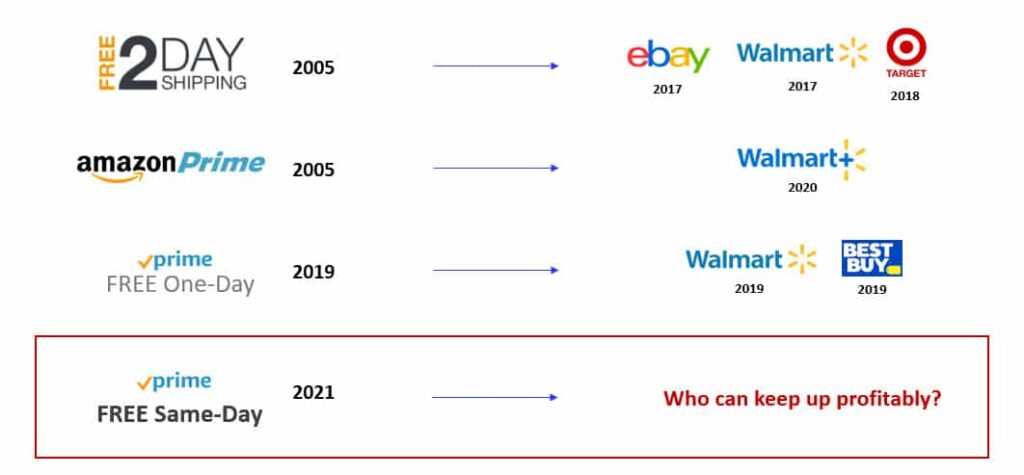
To provide fast shipping at an affordable cost, merchants need to strategically deploy inventory in four or more locations across the country. Put it all together, and you see why merchants are looking to expand their footprint across the United States. On demand warehousing offers one way to build a nationwide ecommerce order fulfillment strategy.
Pros and Cons of On Demand Warehousing
On demand warehousing can solve many challenges for merchants, but it comes with its own issues. In this section, we’ll cover what it does well and what it doesn’t address.
Pros of On Demand Warehousing
1. Flexible growth
The retail landscape seems to shift at warp speed – we went from talking about 2-day delivery to same-day delivery in the blink of an eye. The pandemic has only accelerated the pace of change, and while the total retail and eCommerce markets grow rapidly, it’s more difficult than ever to predict their futures.
Will curbside pickup from big box retailers disrupt Amazon? Will dark stores powering same-day shipping leap over customer demand for 1- and 2-day shipping? What’s just over the horizon?
If you’re buying or leasing your own space and investing heavily into operations, you’re locking yourself into one particular mode of fulfillment for years to come. On demand warehousing’s short contracts and endless options, on the other hand, present an opportunity to shift your approach at the drop of a hat and satisfy the newest customer demands.
2. Enables fast shipping
On demand warehousing is a flexible way for merchants to strategically place their inventory in 4+ US fulfillment centers. Directly owning or leasing space across the country requires a huge investment of time and capital, and it’s simply out of reach for most merchants. 4+ locations, though, are necessary to cover the entire country with 2-day shipping at ground rates. With on demand warehousing, nationwide inventory distribution is feasible even for smaller merchants.
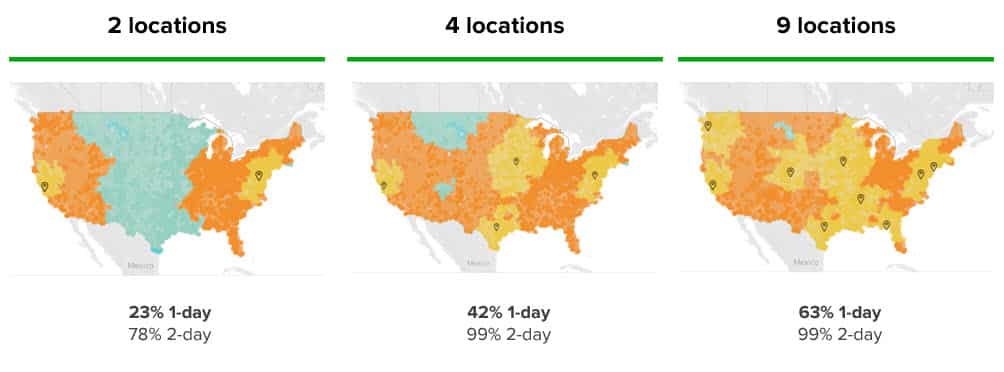
Source: Cahoot analysis of FedEx Ground delivery times
It also helps larger enterprises strategically deploy inventory in regions where they think they’ll experience a demand spike. For instance, when natural disasters unfortunately occur, large retailers will send a massive amount of relevant equipment to on demand warehouses in a nearby area to ensure that they don’t go out of stock on essential goods. It can also help with the holiday rush if a retailer feels that they don’t have enough inventory in a critical part of the country.
3. Low capital requirements
On demand warehousing fits entirely into Operating Expenses. This minimizes the risk of investing in the wrong areas, and it maximizes the capital available to deploy towards other critical parts of the business.
For instance, you can flexibly rent out more space to try out a new product, and if it doesn’t move, you can quickly get out of the on demand lease. If you had leased out commercial warehouse space yourself, you might be stuck in a 12-month or longer lease, and tied up money that could have gone to a new hire or to expanding the marketing budget to make up for the new product failure.
Cons of On Demand Warehousing
1. Questionable warehousing & fulfillment quality
Fast and accurate fulfillment is hard, and warehouses that weren’t designed with it in mind can’t keep up. When you use an on demand platform to contract with one or more warehouses, you just won’t know the level of quality you’ll receive until your products have been shipped.
The benefit of enabling affordable fast shipping with a nationwide network will quickly be stripped away by errors in the fulfillment process if you contract with a fulfillment center that can’t keep up with the rigors of same-day shipping. Moreover, as the pressure to work quickly increases, the error rate at many operations skyrockets – just ask the merchants that have been dropping out of the Seller Fulfilled Prime program.
On top of that, you’re unlikely to get good customer support when working with warehouses on demand. Warehouses that sign up for an on demand warehousing platform don’t usually consider customer service a core competency, and you might not even have a reliable way to get someone on the phone to talk out issues.
On demand warehousing gives you tremendous flexibility in choosing who to work with, but it doesn’t come with a central control tower to help make sure things go right. Problem solving and troubleshooting with multiple different facilities will be up to you, and if even just one warehouse isn’t up to par, it’ll eat up a huge amount of your time – and not to mention your profit.
2. Integration complexity
If you just work with one other warehouse through an on demand platform, you’ll have to build a two-way data integration with them to ensure that you have visibility into what’s happening with your products and orders.
Now imagine that you’re doing the same thing with 2 or 3 more warehouses – that’s not a fun tech problem!
No two warehouses’ tech stacks are alike; just about everyone has a different mix of WMS, OMS, IMS, Shipping Software, and more. That means that every additional warehouse you want to add comes with another integration, which adds expense and slows the process down.
This may not be a problem for an enterprise like Walmart, which secured 1.5 million sq ft of temporary space through an on-demand platform, but it can bury a SMB.
3. Short term solution
The benefits of a short-term contract also come with a downside: just as you aren’t locked into a long-term commitment, neither is the warehouse providing you with space and fulfillment capabilities. If they want to expand their own operations, or if they find a customer that will pay more for you, you can find yourself needing to find a new place for your inventory with only a few weeks’ notice.
Not to mention, your expanding needs will force you back into the on demand marketplace over and over to find new partners. The warehouses that you contract with at first only have so much space and only have certain capabilities, so as you expand, you’ll need to add new warehouses. You’ll find yourself going back to the platform over and over, which incurs significant managerial time costs. And on top of that, you’ll add more and more complexity instead of enjoying economies of scale.
Who Uses On Demand Warehousing?
On demand warehousing is the best fit for sophisticated enterprises that have the resources and capability to manage a high degree of complexity in their operations. They use on demand warehousing to meet specific, short-term goals without deploying capital. In this way, they can take advantage of growth opportunities and find creative solutions for logistics challenges without putting a huge bet on an uncertain or short-term strategy.
Consider our example of Walmart from earlier – they leased out a full 1.5 million extra square feet of space through an on demand portal. They know exactly what their short-term needs are, and importantly, they know exactly how they’ll move on from their short-term on demand solution.
Ace Hardware presents another interesting example of how on demand warehousing can work well for enterprises. During the 2018 hurricane season, they used on demand warehousing to flexibly stage disaster-relief items near regions that were hardest hit by the natural disasters, ensuring that they could get people the products that they needed to rebuild quickly. Like the Walmart example, Ace used the flexibility offered by on demand warehousing to execute a very specific short-term strategy.
On the other hand, SMBs don’t have the time or capabilities to evaluate, integrate with, and manage short-term warehouse partnerships. If you’re an SMB and want to take advantage of the benefits of on demand warehousing, what can you do?
Cahoot – Your Nationwide Network, Without the Hassle
You want a nationwide footprint to power your growth with affordable fast shipping, but you don’t have the time to manage multiple relationships with on demand warehouses across the country.
At Cahoot, we handle the hard part for you.
We’ve built a nationwide network of top-quality merchant fulfillment centers already, and we continuously monitor them to ensure a leading >99.95% on-time shipping rate. Your dedicated Cahoot account manager will be your one point of contact, and our software gives you real-time visibility into our fulfillment performance and your inventory. You may have inventory in four of our locations, but from your perspective, you’re just working with one great company.
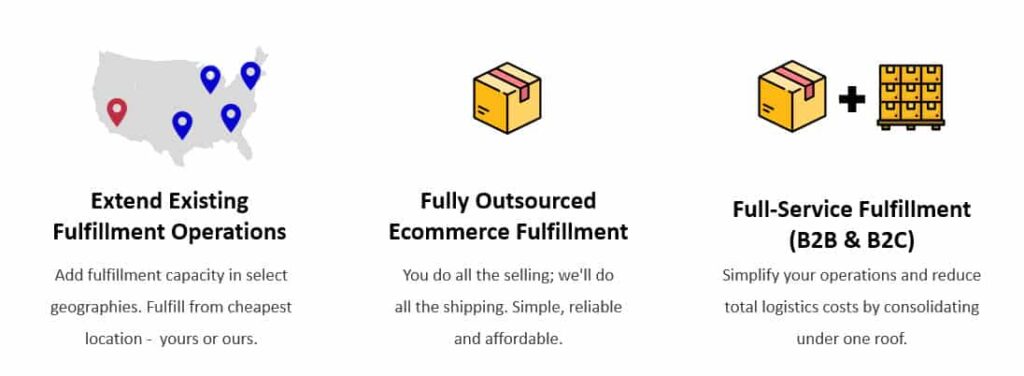
On top of that, we’ll strategically evaluate your order flow and make recommendations to improve your inventory placement across our network. Need to add a location? You don’t have to go back to an on demand platform again to find yet another partner – we’ll just add one with the click of a button, and you’ll be ready to grow.
Whether you already have a warehouse and want to expand your footprint or are looking for a full-service fulfillment provider, we have the flexibility to handle your specific needs.
Talk to an expert today and see how our peer-to-peer network will power your profitable growth.
Offer 1-day and 2-day shipping at ground rates or less.
Recent Blog Posts
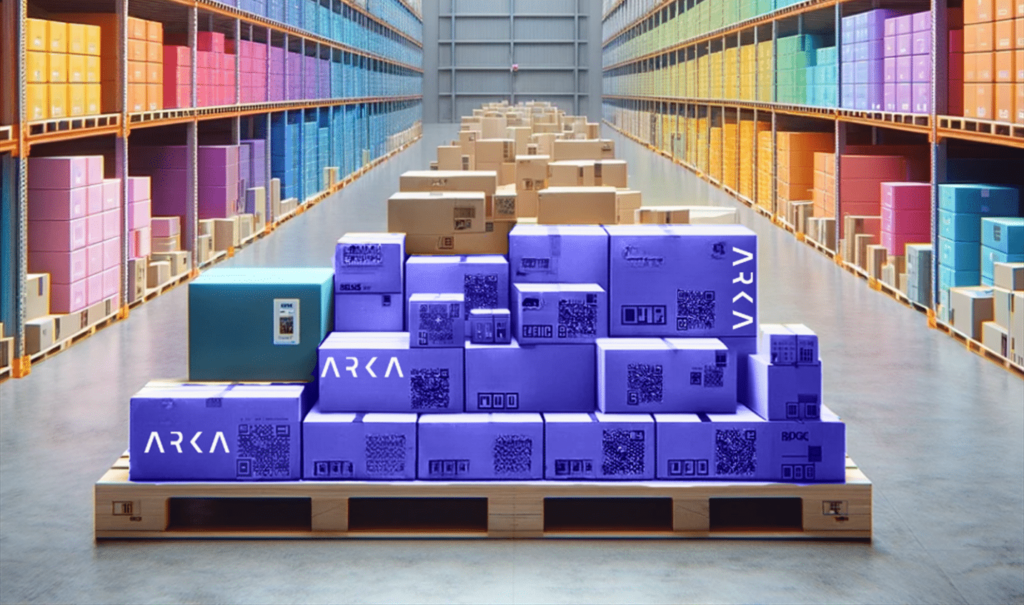
Packaging Design That Will Make Fulfillment Easy and Cut Costs
E-commerce Revolution with Strategic Packaging Solutions Like anyone in the e-commerce world, small business owners are always looking for ways to streamline their operations and
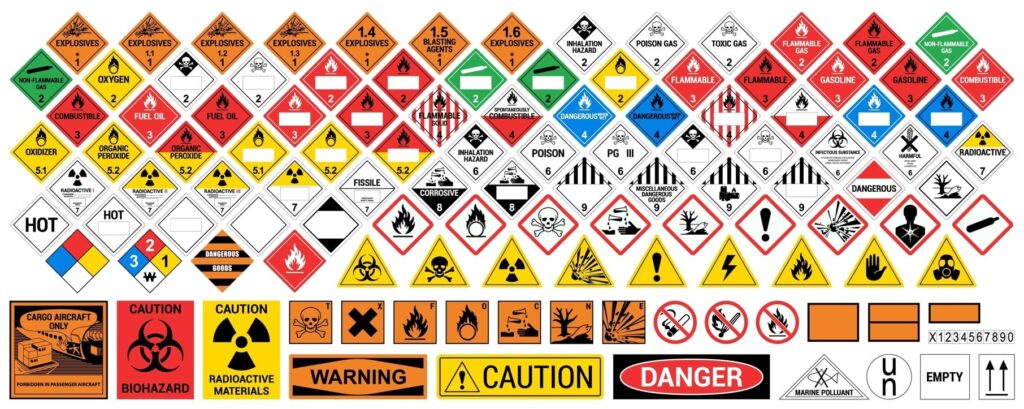
USPS Hazmat Shipping Guidelines – How to Ship Fast While Staying Compliant
Hazardous Materials What is a Hazardous Material? What Items Are HAZMAT? Classes of HAZMAT Items What Classes Can Ship on Various USPS Services? What Changes

Protect Your Amazon Listings from Search Suppression, Hijackers, and Stockouts
Amazon is a competitive platform. You need to have a quality product, excellent listing content, and plenty of reviews to catch the attention of busy
